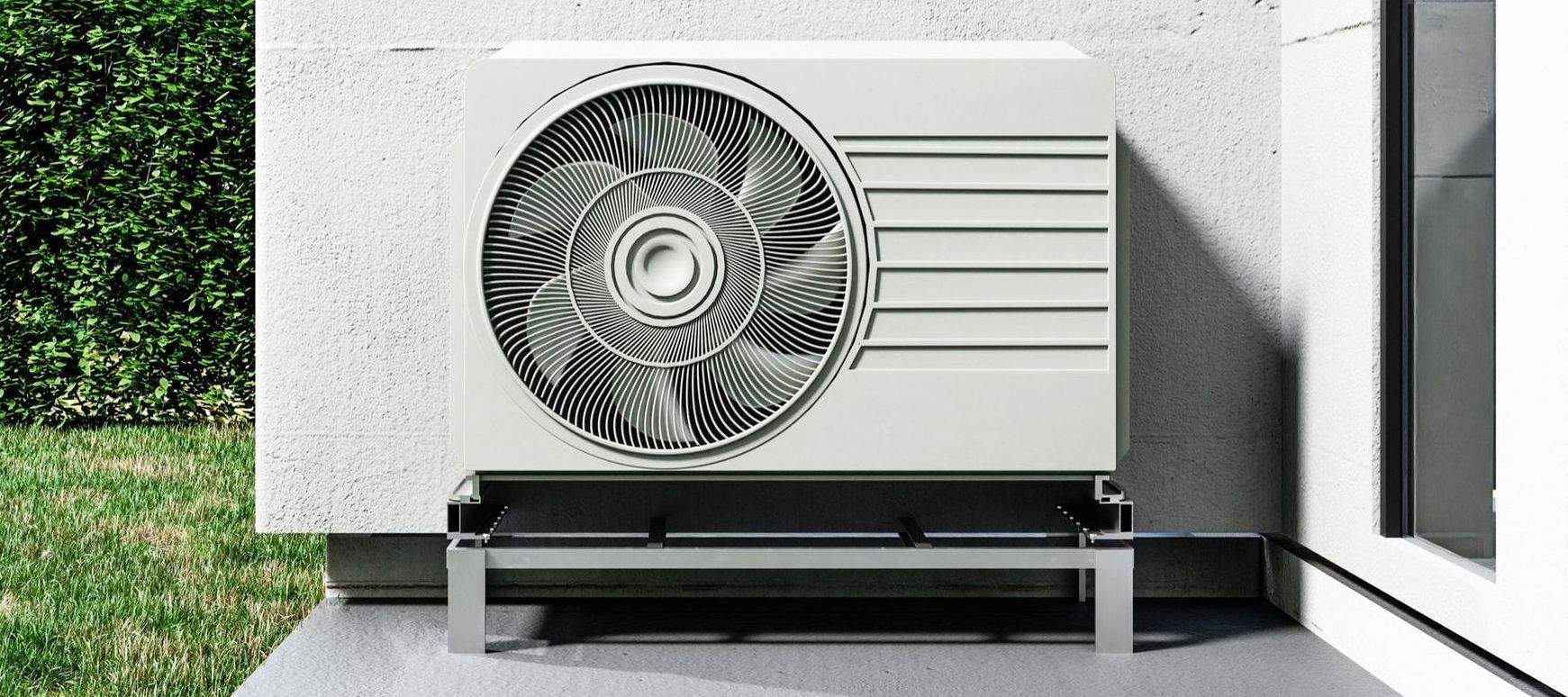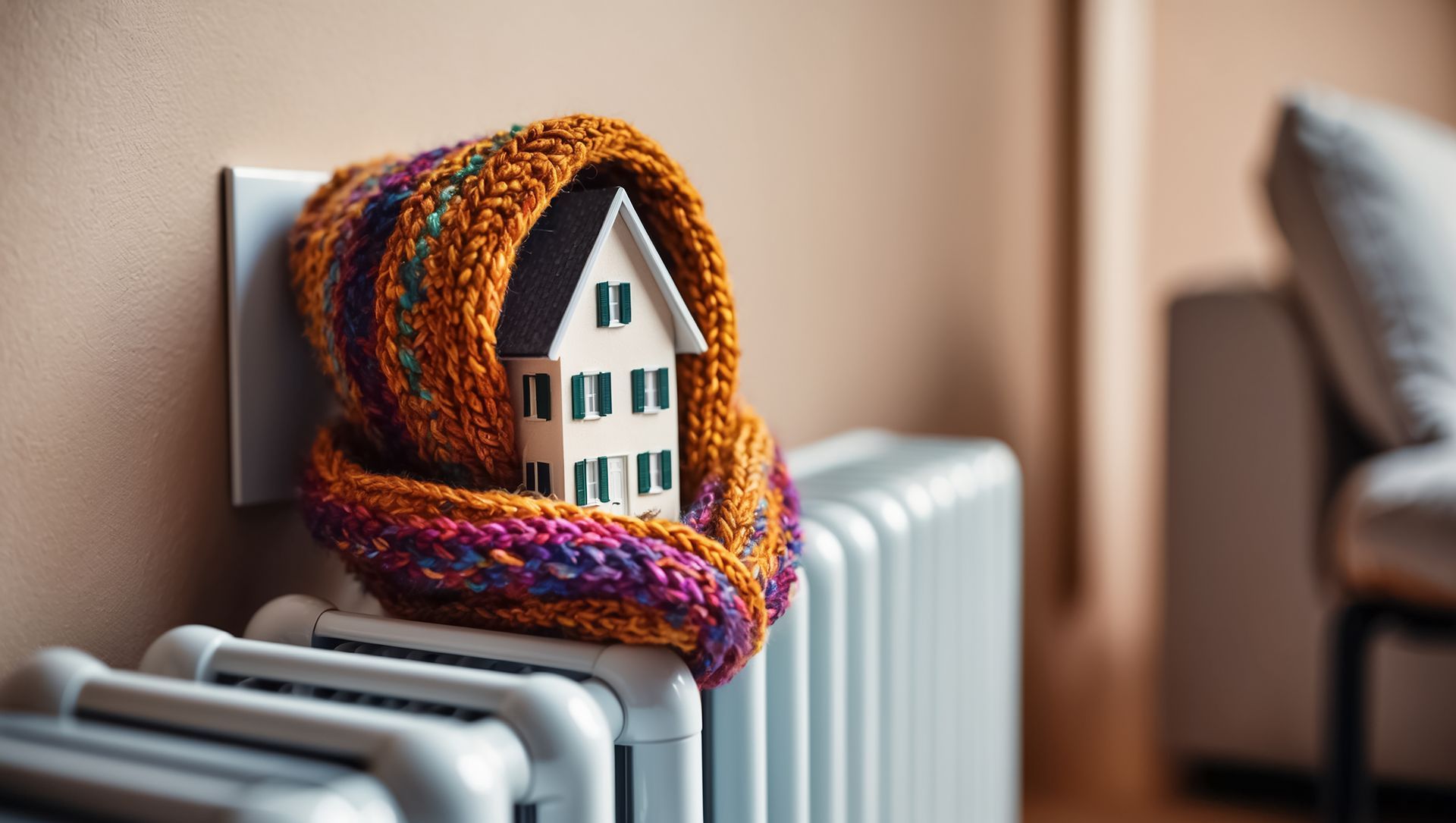Can I Retrofit an Air Source Heat Pump (ASHP) to My Property and Use Existing Radiators?
Retrofitting an air source heat pump (ASHP) to an existing property is a great way to make your home more energy-efficient and reduce reliance on fossil fuels. But if you already have a traditional boiler and radiator setup, you might wonder whether you can use those existing radiators with your new ASHP. The answer? It depends on a few key factors, which we’ll explore here.

1. How an Air Source Heat Pump Works
Air source heat pumps work by extracting heat from the outside air and transferring it into your home. Unlike gas or oil boilers that generate heat at high temperatures, heat pumps operate at lower temperatures (typically between 35-55°C). Because they produce heat at a lower temperature, they require a larger surface area to effectively heat a room. This is why the type and size of your radiators matter when retrofitting a heat pump system.
2. Assessing Your Current Radiators
In many cases, existing radiators may work with an ASHP, but they may not be optimally sized for the lower water temperatures that heat pumps produce. Here’s how to determine if they’ll work:
• Radiator Size: Larger radiators or low-temperature radiators may be required for a heat pump to effectively heat your home. Heat pumps deliver lower temperatures, so they need more surface area to emit the same amount of heat as a traditional boiler. You may need to replace some radiators with larger ones or add additional radiators in certain rooms.
• Heat Loss Calculation: A professional installer will assess the heat loss of each room in your home. This calculation tells you the size of radiators required to keep each room warm. If your existing radiators fall short, you’ll likely need to upgrade to larger ones.
• Type of Radiators: Standard panel radiators might not be as effective with a heat pump, especially in larger or poorly insulated rooms. However, double-panel or convector radiators can help improve efficiency, as they can emit more heat at lower temperatures.
3. Insulation Matters
If your home is well-insulated, it will retain heat more effectively, making it easier to heat with an ASHP. Adding or upgrading insulation can make your existing radiators more compatible with a heat pump by reducing the heat demand. In a poorly insulated home, even larger radiators may struggle to keep up with the heat loss.
4. Alternative Heating Options
If upgrading radiators isn’t feasible, other heating options can complement your ASHP:
• Underfloor Heating: Works efficiently with ASHPs due to its large surface area and low temperature requirement. While it can be costly to install in a retrofit, it’s an excellent option if you’re considering major renovations.
• Hybrid Systems: Some homes may benefit from a hybrid heating system that combines a heat pump with a traditional boiler for high-demand situations, helping to maintain comfort without necessarily upgrading all radiators.
5. Installation Considerations and Costs
If you need new radiators, consider the installation cost in your budget. Retrofitting a heat pump can have high upfront costs, but government grants or incentives in some regions can help offset these expenses. Your installer should evaluate the entire system, including pipework, controls, and electrical requirements, to ensure your ASHP works effectively with your existing setup.
6. Finding the Right Installer
As qualified installers, familiarity with ASHP retrofits is essential. we can assess whether your current radiators are compatible, calculate your home’s heating requirements, and recommend the best options. Retrofitting an ASHP may not be as straightforward as a traditional boiler swap, but our experts can guide you on optimising performance and ensuring you’re getting the most out of your new system.
Final Thoughts
Yes, it is possible to retrofit an ASHP and use existing radiators, but it’s not always ideal. Larger or additional radiators may be needed, and upgrading insulation can also make a big difference. While retrofitting an ASHP requires an upfront investment, the potential energy savings and environmental benefits can make it a worthwhile upgrade.
If you’re considering this retrofit, contact our dedicated team to understand exactly what your home needs for a successful, efficient installation. With the right planning, you can enjoy a comfortable, eco-friendly home that’s prepared for a low-carbon future.

Our Office

Contact Us
ALL RIGHTS RESERVED | ECO SOLUTIONS GROUP LTD
Registered Address: Ground Floor, Swift House, 18 Hoffmans Way, Chelmsford, CM1 1GU.
Registered Company No: 14603736.
Registered VAT No: GB458107879
Hosted & Developed by Aitken Design
Bringing visions to life

MORE INFO
Contact Us
ALL RIGHTS RESERVED | ECO SOLUTIONS GROUP LTD
Registered Address:
Ground Floor, Swift House, 18 Hoffmans Way, Chelmsford, CM1 1GU.
Registered Company No: 14603736.
Registered VAT No: GB458107879
Hosted & Developed by Aitken Design
Bringing visions to life
Our Office

Contact Us
ALL RIGHTS RESERVED | ECO SOLUTIONS GROUP LTD
Registered Address: Ground Floor, Swift House, 18 Hoffmans Way, Chelmsford, CM1 1GU.
Registered Company No: 14603736.
Registered VAT No: GB458107879
Hosted & Developed by Aitken Design
Bringing visions to life

